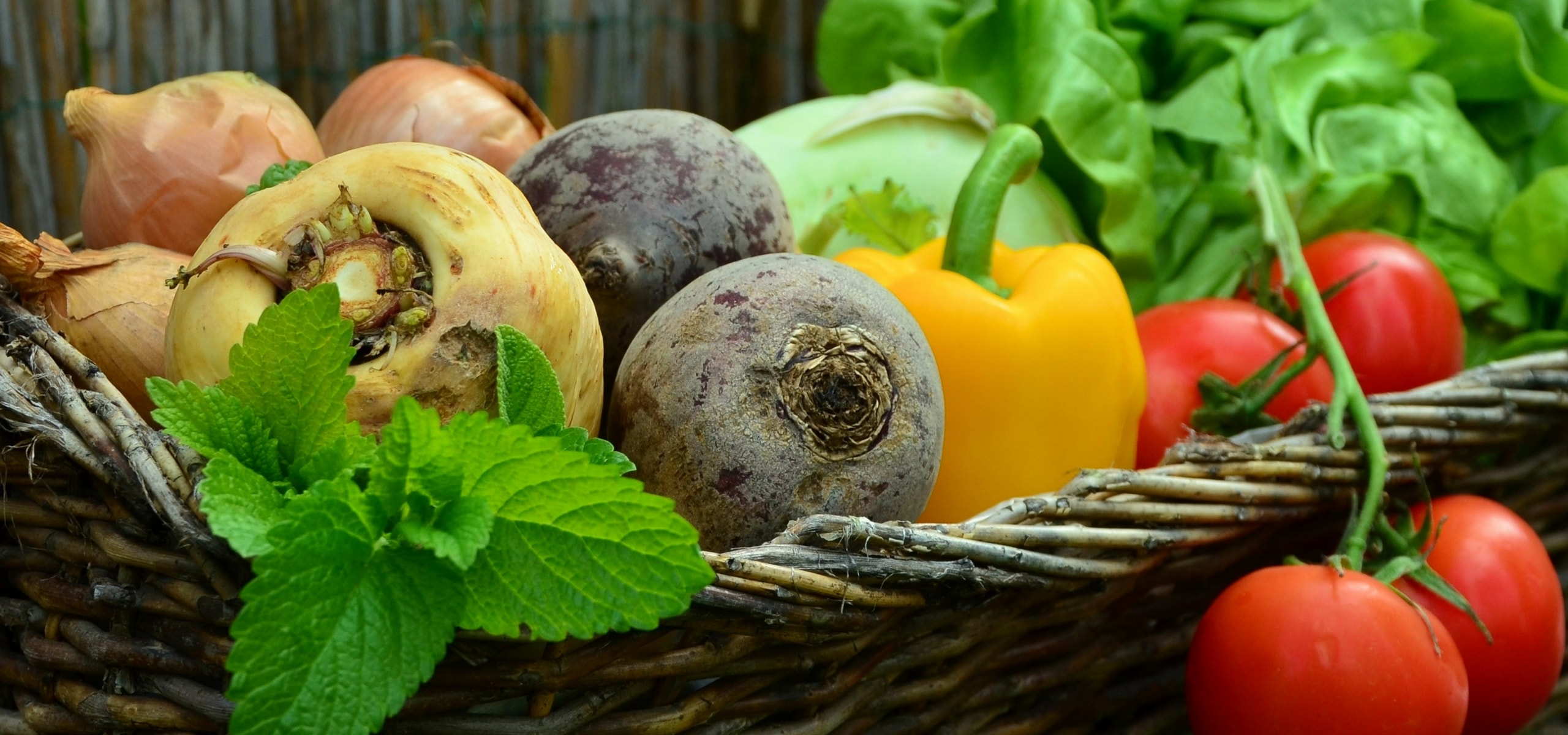
Square gardening: an easy and productive method to grow vegetables
its advantages and limitations for a productive and aesthetic garden
Contents
The square vegetable garden is a technique that involves growing vegetables and aromatic plants in squares measuring 1.2 by 1.2 metres, usually divided into 6, 9, or even 16 sections. In each section, a different vegetable is grown in small quantities: the aim is not to achieve abundant harvests of a particular vegetable, but to always have a little of each vegetable available. To expand the possibilities and increase the volume of the harvests, as many squares as desired can be cultivated.
What is a square foot garden?
The square vegetable garden is a growing method that involves dividing the growing space into small defined plots, typically measuring 1.20 metres by 1.20 metres, which are further subdivided into 6, 9, or 16 squares. Each square hosts a different crop, allowing for maximising the diversity of plantings in a small area and optimising space usage.
This technique is particularly suited to urban gardens, small spaces, balconies or even less fertile land, as it allows for easy control of soil quality and limits maintenance.
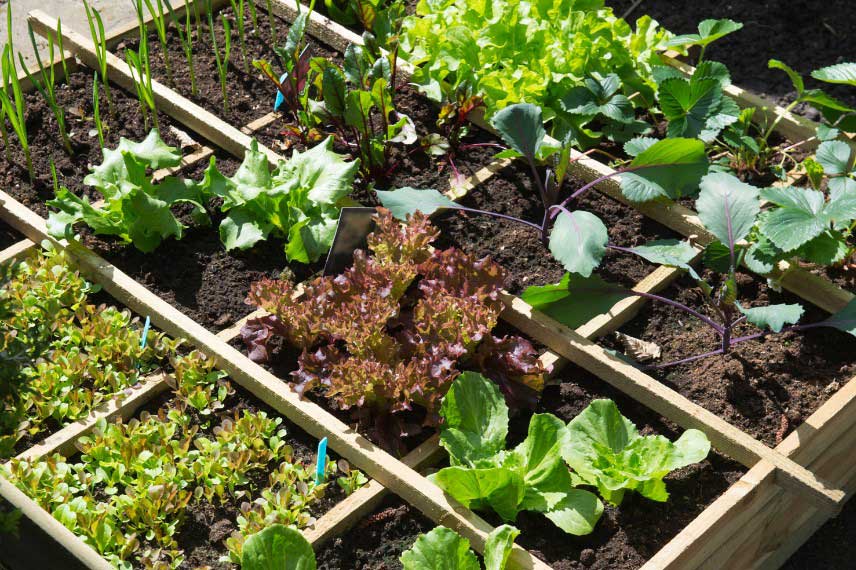
A method inspired by permaculture
The square garden is inspired by permaculture, as it promotes biodiversity, crop rotation, and resource optimisation. By growing different plants side by side, a natural balance is created that limits the occurrence of pests and improves soil fertility.
An ideal solution for beginners and urban gardeners
The raised square vegetable garden is often recommended for beginner gardeners, as it simplifies crop management. Unlike traditional vegetable gardens, it does not require large areas and reduces weeding needs. It can be installed in the ground, on a terrace, a balcony, or even on a growing table.
Which vegetables to grow in a square vegetable garden?
Among the most suitable crops, you will find:
- Herbs: basil, chives, parsley, thyme, mint
- Root vegetables: carrots, radishes, turnips, beets
- Fruiting vegetables: tomatoes, peppers, courgettes (in a larger square)
- Leafy vegetables: lettuces, spinach, Swiss chard
- Legumes: peas, dwarf beans
How to build the squares?: preparation
Square vegetable garden structures are readily available commercially, but it is more economical to make them yourself. For this, it is advisable to use untreated wood, preferably durable, such as chestnut. To retain the soil, the use of wattle (willow, hazel or chestnut bundles, or even metal) is also possible, but the construction will take longer.
Inside each square, the sections will be marked by taut strings or by battens that will serve as dividers. Trellises are generally provided to grow climbing varieties (peas, beans).
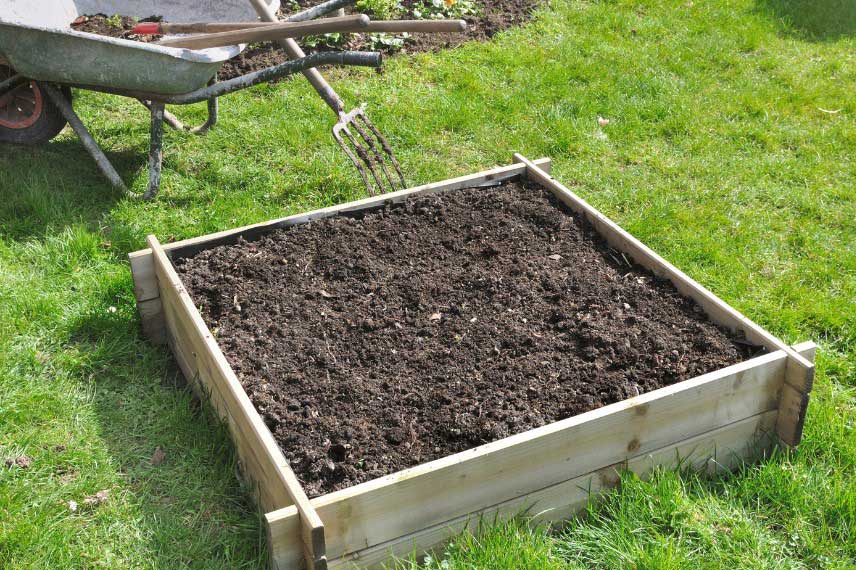
The squares typically have a height of about 20 cm (but nothing prevents you from increasing it) and are ideally filled with a good mix of topsoil and compost.
It is worth noting that you can also work on squares marked on the ground by borders, such as boxwood, or by simply cutting the short grass meadow with a spade.
To limit maintenance around the squares (trimming the edges with a strimmer), it is advisable to mulch the paths surrounding the squares with wood chips, for example.
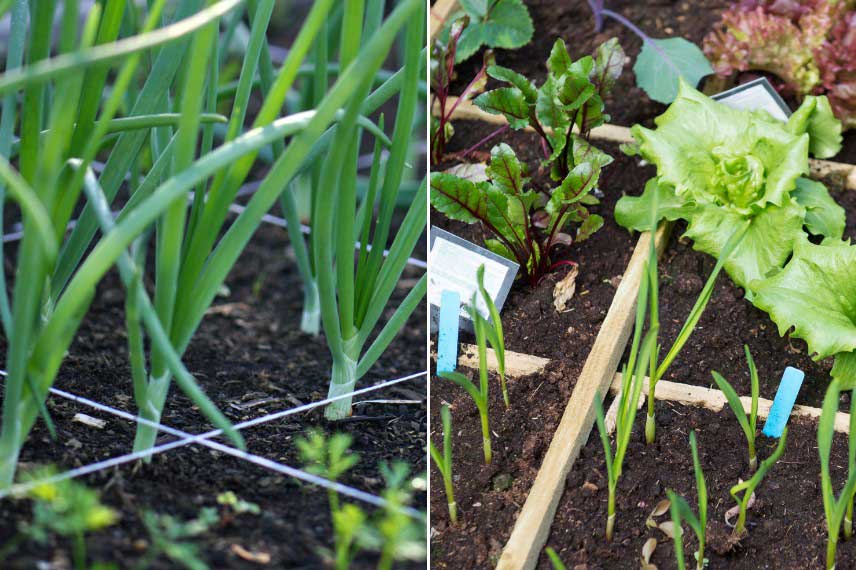
You can mark the separations with taut strings or with battens
Learn more in our tutorial: How to make square vegetable gardens?
The benefits of square foot gardening
- square vegetable gardens are generally aesthetic, fitting well into small gardens,
- when raised, drainage is facilitated and soil warms up more quickly,
- they allow for growing a large number of different vegetables in a small area, as well as herbs and edible flowers,
- when the squares are high enough or on legs, they are very ergonomic (working height) and are less prone to weeding, making them suitable for people with reduced mobility,
- space optimisation: perfect for small gardens and balconies,
- reduced maintenance: fewer weeds, limited weeding, and optimised watering.
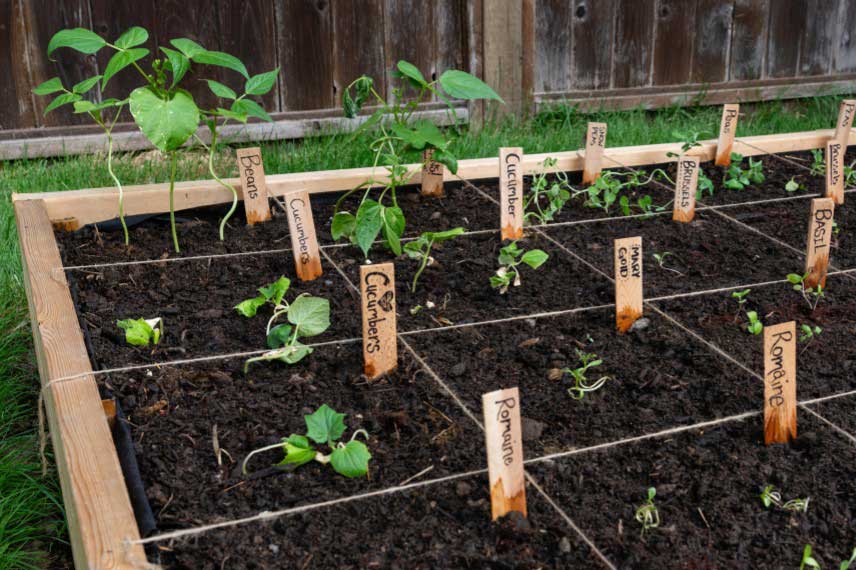
Disadvantages of square foot gardening
- their implementation requires significant volumes of soil (one cubic metre of soil for 4 squares of 20 cm high),
- they require significant planning work, both to associate the vegetables with each other and to ensure their succession while respecting crop rotation, which is not always within the reach of beginners,
- they are not suitable for bulky crops such as potatoes, nor for perennial vegetables (artichokes, asparagus…).
Tips for optimising your square vegetable garden
A well-designed square vegetable garden allows for abundant harvests with minimal maintenance. To succeed, choose a sunny location, enrich the soil with a mix of topsoil, compost, and potting soil, and wisely associate crops to deter pests.
Apply crop rotation each year to maintain soil fertility and install mulch to limit evaporation and weeds. Appropriate watering (drip irrigation or ollas) ensures good hydration of the plants.
Encourage biodiversity by integrating melliferous flowers and companion plants to attract pollinators and naturally protect your vegetables. Use stakes or trellises for climbing vegetables and regularly monitor your vegetable garden to prevent diseases and pests with natural solutions (nettle manure, garlic maceration).
Finally, adapt your crops to the seasons by sowing green manures in winter and protecting your plants with covers or mini-greenhouses.
- Subscribe!
- Contents






























